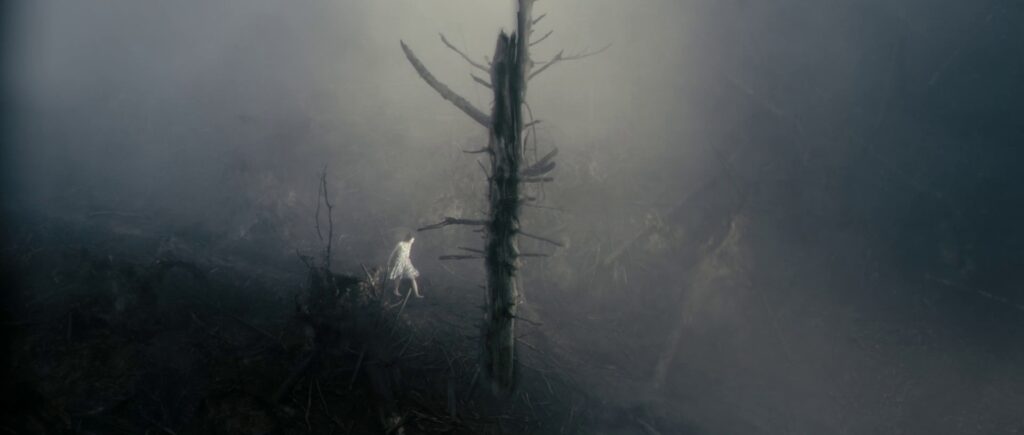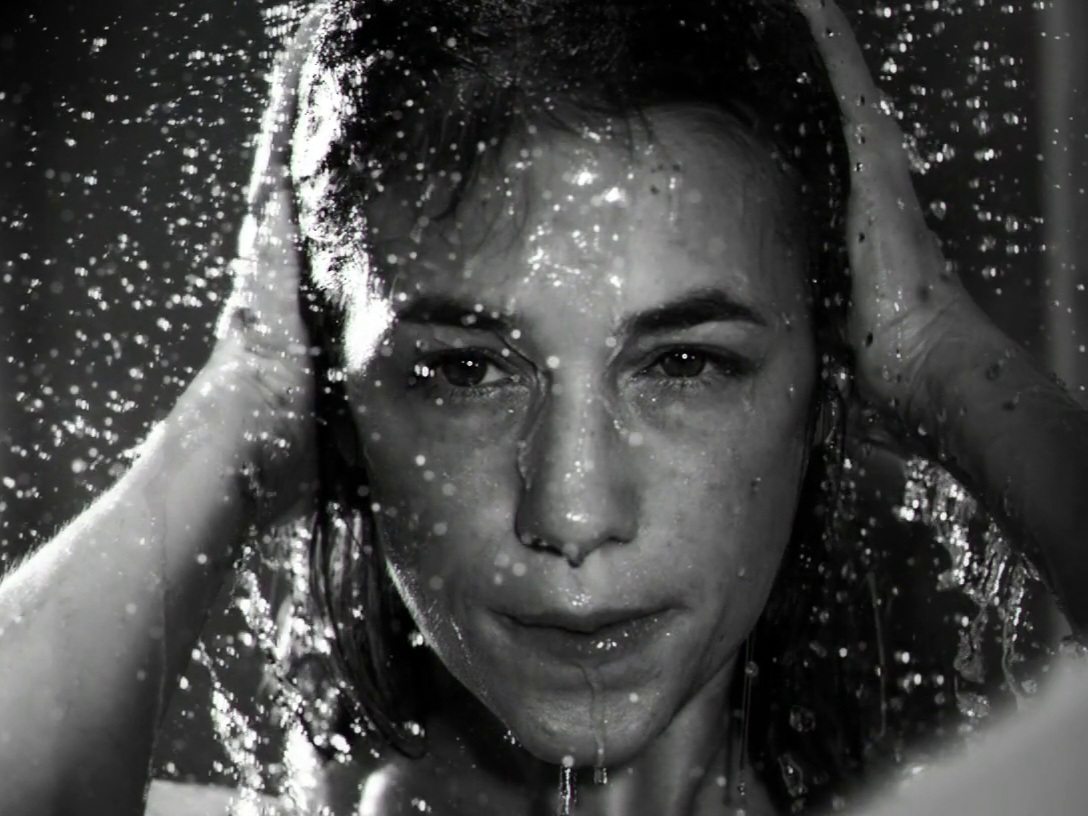Lars von Trier’s “Antichrist” (2009) stands as a controversial and polarizing. Among its many provocative and unsettling moments, one shot, in particular, has garnered infamy for its shocking content and visceral impact. In this article, we delve into the disturbing shot from “Antichrist,” examining its artistic context, the emotional responses it elicits, and the broader implications it holds within the realm of filmmaking.
To understand the significance of the shocking shot in “Antichrist,” it is crucial to explore the vision of its director, Lars von Trier. Known for his provocative and boundary-pushing storytelling, von Trier consistently challenges societal norms and pushes the limits of cinematic expression. “Antichrist” is a prime example of von Trier’s exploration of the darkest corners of the human psyche, aiming to provoke and unsettle his audience.
The Context of the Shot
The shocking shot in “Antichrist” occurs during a pivotal scene that explores themes of grief, guilt, and the human capacity for violence. It depicts a graphic act of self-mutilation by one of the main characters, evoking a visceral response that is both disturbing and thought-provoking. The shot serves as a culmination of the film’s exploration of the depths of human suffering and the destructive forces that lie within us. It’s done in extreme close-up, as graphic as possible, so there is nowhere to look away.
The Power of Cinematic Shock
The shocking shot in “Antichrist” exemplifies the power of cinema to elicit strong emotional reactions from its viewers. It confronts the audience with an extreme and uncomfortable image, challenging societal taboos and pushing the boundaries of what is acceptable to depict on-screen. The visceral impact of the shot forces viewers to confront their own fears, discomforts, and preconceived notions about the limits of art and storytelling. I was 16 years old when I saw this film, and the shocking moment where the character of Charlotte Gainsbourgh does something unspeakable has left a mark branded upon my cornea.

Controversy and Interpretations
The shocking shot in “Antichrist” has sparked intense debates and varying interpretations among critics and audiences. Some argue that it is a gratuitous and exploitative display of violence, while others see it as a necessary and integral part of von Trier’s artistic vision. The shot can be interpreted as a representation of the characters’ descent into madness or as a metaphorical exploration of the primal and destructive forces within human nature.
The Role of Shock in Artistic Expression
“Antichrist” holds a significant place in the history of shocking cinema, joining the ranks of films that have pushed boundaries and challenged societal norms, like “Salò” (1975), Seom (2000) and “Irréversible” (2002). Lars von Trier made this film after being in a severe depression. Throughout cinematic history, various filmmakers have utilized shocking imagery to provoke, challenge, and leave a lasting impact on their audiences. These films raise important questions about the role of art in society, the limits of artistic expression, and the responsibilities of filmmakers in portraying disturbing content.

The image of self-mutilation in “Antichrist” raises broader questions about the role of shock in artistic expression. It invites discussions about the responsibilities of filmmakers, the ethical considerations of depicting extreme content, and the impact such images can have on viewers. While shocking moments in films can be seen as a legitimate artistic tool to provoke and explore complex themes, they also necessitate careful reflection and critical analysis.
Conclusion
The controversial shot in “Antichrist” remains etched in the minds of those who have witnessed it, serving as a testament to the power of cinema to provoke and disturb. Lars von Trier’s unflinching exploration of human suffering and the depths of our darkest impulses challenges audiences to confront uncomfortable truths and question the boundaries of artistic expression. The shot’s impact raises important discussions about the role of shock in film, the responsibilities of filmmakers, and the emotional and intellectual responses elicited by such extreme imagery.
As viewers, we must grapple with the unsettling and thought-provoking content presented to us, recognizing the power and potential of cinema to challenge, provoke, and push the boundaries of our comfort zones. The disturbing shot in “Antichrist” remains a testament to the enduring impact of provocative filmmaking, reminding us of the complex relationship between art, discomfort, and the exploration of the human condition.




